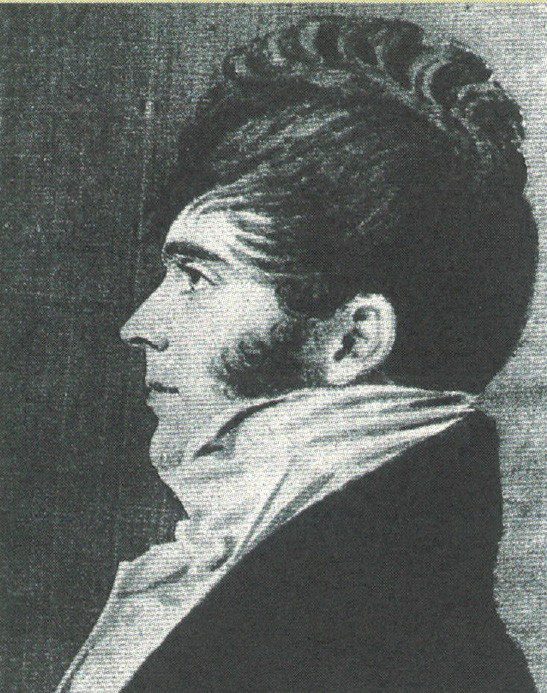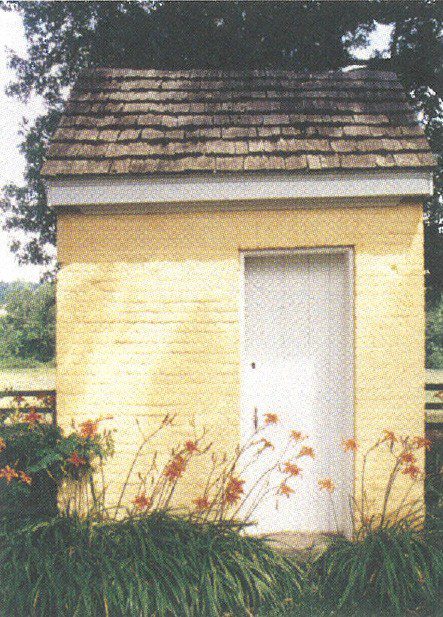
Main Menu
Menu

Discover the captivating story of this remarkable estate, from its early development to its current role as a cherished clubhouse for the Green Spring Valley Hounds.
For over 221 years, Stamford has had just two owners—a family and the club. Learn about the Philpot family, who built and resided in the house, and explore James Thomas Woollon’s detailed study of its architectural features. Immerse yourself in the timeless allure of Stamford as it continues to be a cherished gathering place for generations to come.
The research and text is by Joan McHenry Hoblitzell, with assistance from Jerald Brown, and Margaret Worrall. Special thanks to William V. Elder and John McGrain




The Worthington Valley, now part of Baltimore County, was originally hunted by the Susquehannough Native Americans, “one of the fiercest and most warlike nations on the East Coast,” noted to be giants in height, deep of voice, and clothed in wolf or bear skins. Decimated by a smallpox epidemic in 1661, the 300 remaining warriors living at the north end of the Chesapeake Bay were exterminated by the Iroquois in 1777.
By the mid-18th century, the Delaware and Shawnee tribes ranged over the area. A Native American trail ran east down Piney Grove Road, along the north side of the woods, and past the north side of Snow Hill to the Shawan (“Shawnee”) Hunting Grounds. The Native Americans were given fishing and hunting rights to all the land north of Butler Road, known as Lord Baltimore’s Reserve, when the area was patented.
The Worthington Valley was patented in the early 18th Century in five parts. The second Lord Baltimore, Cecil Calvert, had been granted the pro- prietary colony, Maryland, by Charles I on June 20, 1632. Patents of land were frequently given to those arranging passage for new settlers.
In this valley:
All of this land on the 1798 tax list lay in the Back River Upper Hundred, a hundred being an area from which 100 men might be drawn for colonial militia. Several of the valley’s earliest houses, still in private hands, are shown on the map.
Nicholson died in 1719. His 4,200 acres were bought in 1757 by Kensey Johns, Bryan Philpot, Roger Boyce, and Corbin Lee, each receiving three noncontiguous lots. Boyce and Lee sold their lots back to Philpot and Johns, his brother-in-law, shortly thereafter. Deeds reveal the disposition of much of the land bought by Brian Philpot including that where his son built Stamford. It is difficult to determine the destiny of all of his part of Nicholson’s Manor, which possibly amounted to 2,000 acres.
According to a 1783 tax map, Brian Jr. and Elizabeth Philpot owned 1005 acres. The 1823 tax list shows that his son Edward P. Philpot owned 1,853 acres: 630 acres at Nicholson’s Manor, 474 acres at Philpots Inquiry, and 749 acres elsewhere in the name of his father who had died in 1812. In 1890, Edward willed his remaining 196 acres to his wife Anna for her life. It then went to his nephew Brian, a resident of Chicago. His intent was that Stamford go to a relative.
In 1925, Blanchard Randall, executor and Philpot descendant, sold Stamford on behalf of Anna P. Chilcoat, plaintiff in court, to The Green Spring Land Company, a group of Green Spring Valley Hunt members. In January 1972, The Green Spring Land Company transferred ownership to the Green Spring Valley Hounds, Inc. (hereafter GSVHC).
Lastly, in 1993, the GSVHC placed its fields (168 acres of the total 196) in the Maryland Agricultural Land Preservation Program. Acceptance into the program restricts development. The land is still actively farmed in 2021. It is interesting to note an increase in land sales every 100 years – first through land patents in the late 1700s, then in the 1800’s after the Civil War with the loss of labor and equity, and finally in thelate 1900s with changes in farming and demographic patterns.







